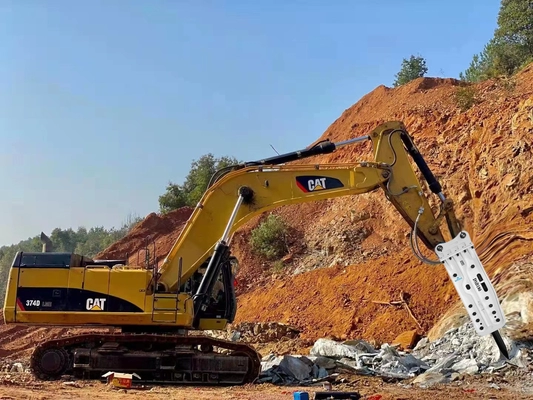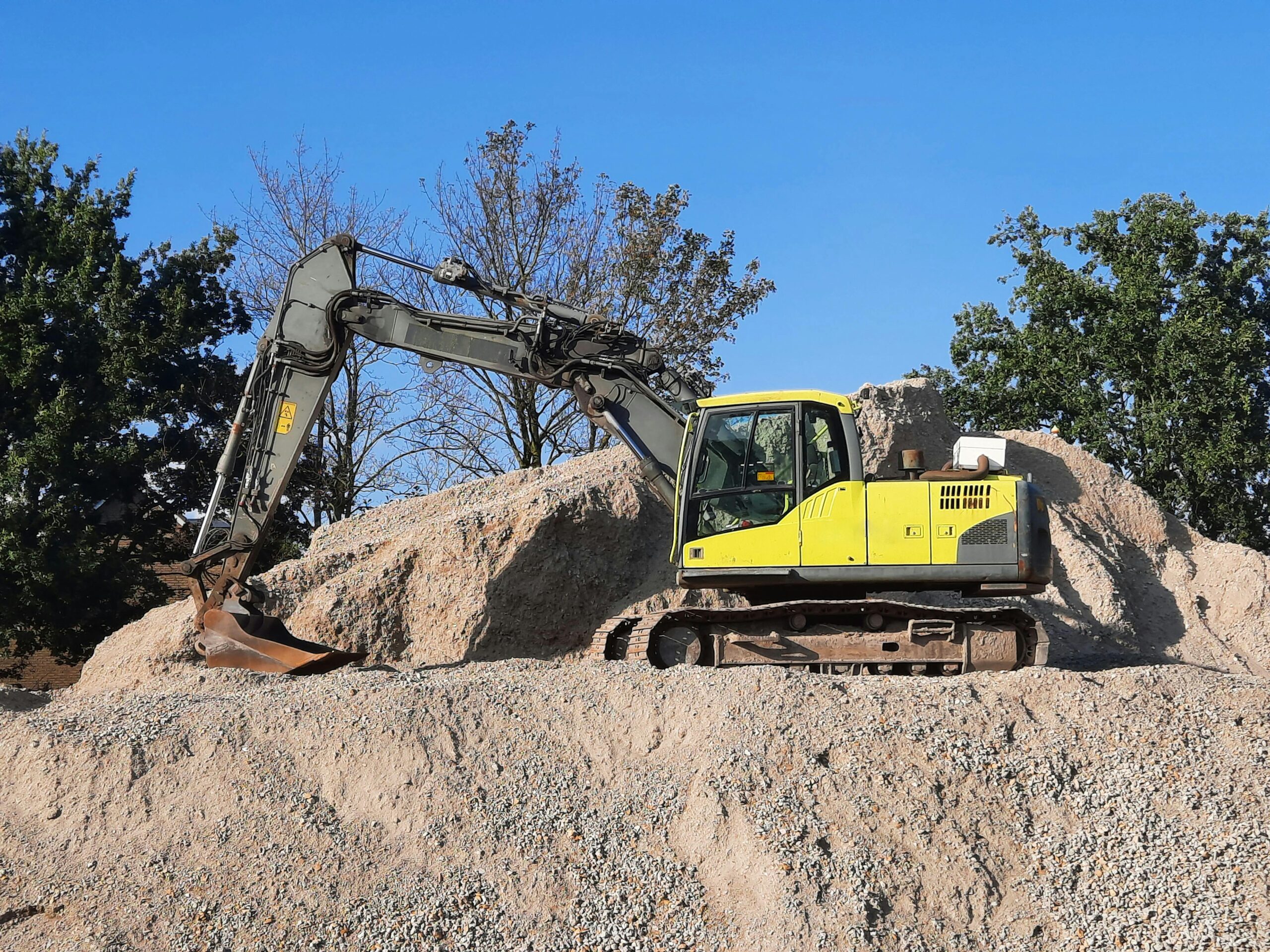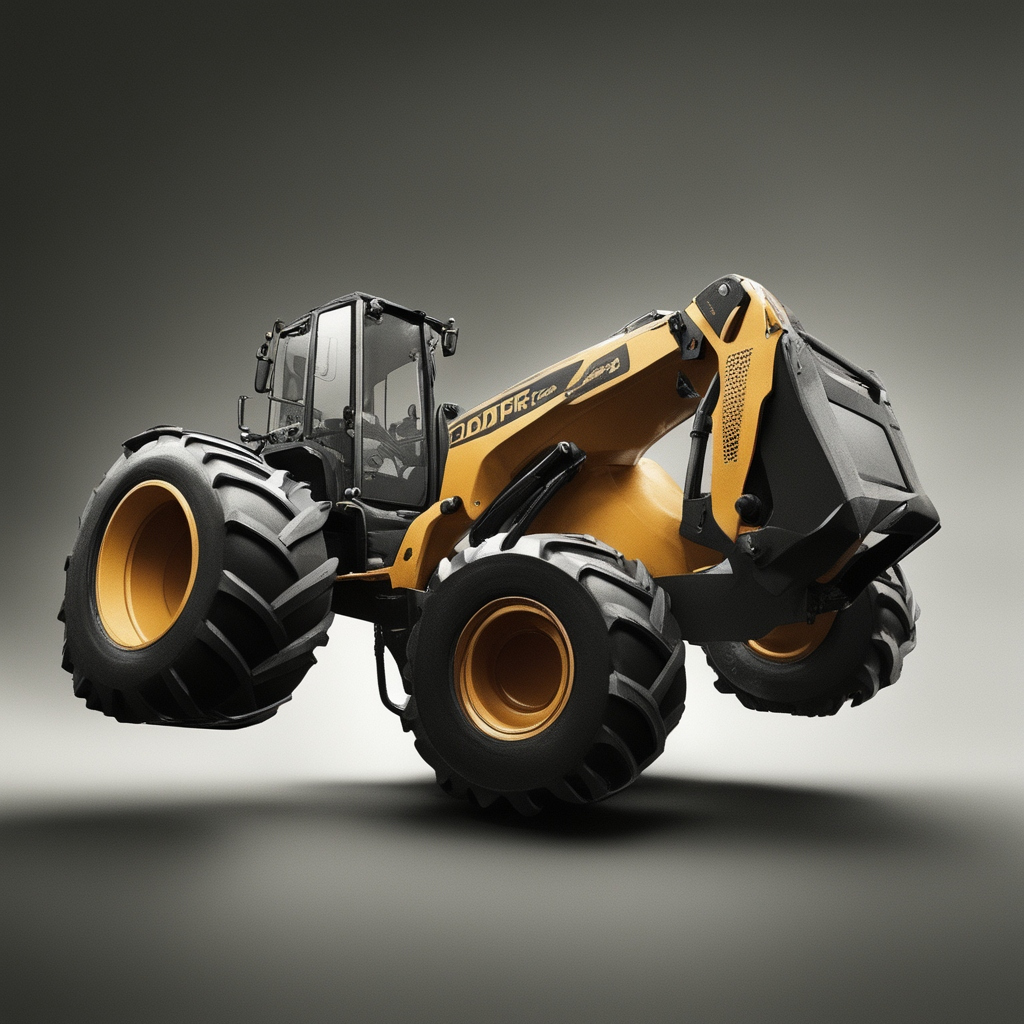Efficiency and durability are key in Canada’s construction industry. From breaking frozen ground in Alberta to cutting asphalt in Ontario to taking on reinforced concrete in British Columbia, contractors count on hydraulic breakers. But here’s the secret: the breaker itself is not the only thing necessary. The chisel you use can make or break the job (literally).
Hydraulic breaker chisels come in different shapes and sizes, each built for a specific purpose. Choosing the right one ensures faster results, lower maintenance costs, and maximum productivity on site. Below, we’ll go through the most common types of chisels used in hydraulic breakers across Canada, when to use them, and why they matter.
1. Moil Point Chisel
Best for: General-purpose demolition and trenching
Where it’s applied in Canada: Excavation, utility work, and quarrying
The moil point is the most universal of chisels. Its pointed tip with a sharp edge enables it to impact force locally on a small area. The contractors apply it extensively to break reinforced concrete, medium-hard stone, or trench the ground in urban and rural construction.
2. Flat Chisel
Ideal for: Cutting through rebar and concrete
Where it’s applied in Canada: Demolition sites and road repairs
The flat chisel is built with a broad, sharp edge that cuts through surfaces instead of merely breaking them. It’s particularly useful for Canadian roadwork contractors who require accuracy when stripping away parts of pavement or reinforced concrete plates.
3. Blunt Chisel
Best for: Smashing hard rock and large boulders
Where it’s applied in Canada: Mining, quarrying, and northern construction projects
Rather than cutting, the blunt chisel distributes impact energy across a larger surface area. This makes it ideal for Canada’s mining and quarrying sector, where operators are working with extremely hard rock formations. It’s also ideal for splitting huge boulders in remote regions.
4. Conical Chisel
Ideal for: Deep penetration into hard material
Where it’s utilized in Canada: Tunneling, trenching, and foundation construction
Comparable to the moil point but with a narrower design, the conical chisel is designed for penetration that’s deeper. This is commonly applied in tunneling works, foundation excavation in urban constructions, and utility deep trenching by Canadian contractors.
5. Asphalt Cutter Chisel
Ideal for: Road construction and asphalt cutting
Where it’s used in Canada: Repairs on highway and city roads
Thanks to its wider-than-usual blade, the asphalt cutter is able to cut through pavement cleanly. Canadian road contractors use it for efficient and speedy asphalt removal when widening highways and municipal roads.
6. Spade Chisel
Ideal for: Frozen soil, earth, and soft materials
Used in Canada where: Landscaping and winter excavations
Anyone who has worked outdoors in Canada is aware that frost cover can be as hard as concrete. The spade chisel is constructed for this type of condition. Its wide, spade-shaped design is perfect for trenching, landscaping, and utility work in northern provinces during winter.
Why Choosing the Right Chisel Matters?
Employing an incorrect chisel not only reduces productivity but also adds wear to your hydraulic breaker attachment. For Canadian contractors, this results in greater fuel expenditures, increased maintenance, and lost time on jobsites. By using the correct chisel for the task whether it’s asphalt cutting in Ontario, mining in Quebec, or excavating in Manitoba you achieve maximum productivity and equipment life.
Final Thoughts
Hydraulic breakers are in demand throughout Canada’s construction, mining, and demolition industries. But the true efficiency lies in the selection of the correct chisel. From moil point chisels for general use to asphalt cutters for pavement construction, every tool has its purpose.
For Canadian contractors, investing in the appropriate hydraulic breaker chisel means:
Increased project speed
Reduced operating expenses
Extended equipment life
No matter whether you’re a contractor, roadwork professional, or mining operator, knowing your chisel choices will make the job right, each and every time.




